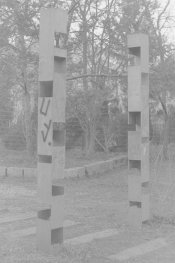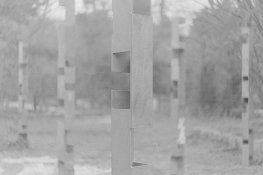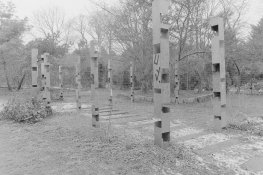Hello everyone,
I have bought a Ziess Biotar 58mm 2.0 a while ago. I gave back the camera to repair the same day after noticing some fungus on it. While they fix it, the shop gives me the russian copy of the Biotar, the Helios 44-2. So I take some shots with it and I immediately notice a huge lack of contrast on the images. Whites aren't whites and blacks arent blacks. I post few photos of the scanned film with no post production.



I immediately blame the russian copy of the lens, so when I get my Biotar back, I can't wait to see how it performs.
I am even more disappointed than before, here are 2 shots:


I still can't accept such a huge lack of contrast and I feel there must be something wrong. So I wait for a proper sunny day to take some more shots, this time I compare the Biotar with my Canon 24mm 2.8.
The first two is the canon. the second two is the Biotar.




The difference is huge.
Not to mentions some shots I took inside with the same roll, again with the biotar:

So the comparison with the 24mm shows an umbelievable difference. The biotar has several stops less of dynamic range than the 24mm. To get a decente image out of the biotar I must pump up heavily the blacks and the whites to get a decent "histogram". Not to mention the shots taken insade: no way to use them.
What do you people thinks? Looking at photos of other people, also raw files, it never occured to me that the Biotar has this weakness, I found on the internet no thread about a supposed lack of contrast of this lens, which is supposed to be actually really good!
What are you thoughts?
I have bought a Ziess Biotar 58mm 2.0 a while ago. I gave back the camera to repair the same day after noticing some fungus on it. While they fix it, the shop gives me the russian copy of the Biotar, the Helios 44-2. So I take some shots with it and I immediately notice a huge lack of contrast on the images. Whites aren't whites and blacks arent blacks. I post few photos of the scanned film with no post production.
I immediately blame the russian copy of the lens, so when I get my Biotar back, I can't wait to see how it performs.
I am even more disappointed than before, here are 2 shots:
I still can't accept such a huge lack of contrast and I feel there must be something wrong. So I wait for a proper sunny day to take some more shots, this time I compare the Biotar with my Canon 24mm 2.8.
The first two is the canon. the second two is the Biotar.
The difference is huge.
Not to mentions some shots I took inside with the same roll, again with the biotar:
So the comparison with the 24mm shows an umbelievable difference. The biotar has several stops less of dynamic range than the 24mm. To get a decente image out of the biotar I must pump up heavily the blacks and the whites to get a decent "histogram". Not to mention the shots taken insade: no way to use them.
What do you people thinks? Looking at photos of other people, also raw files, it never occured to me that the Biotar has this weakness, I found on the internet no thread about a supposed lack of contrast of this lens, which is supposed to be actually really good!
What are you thoughts?
Attachments
Last edited:

















